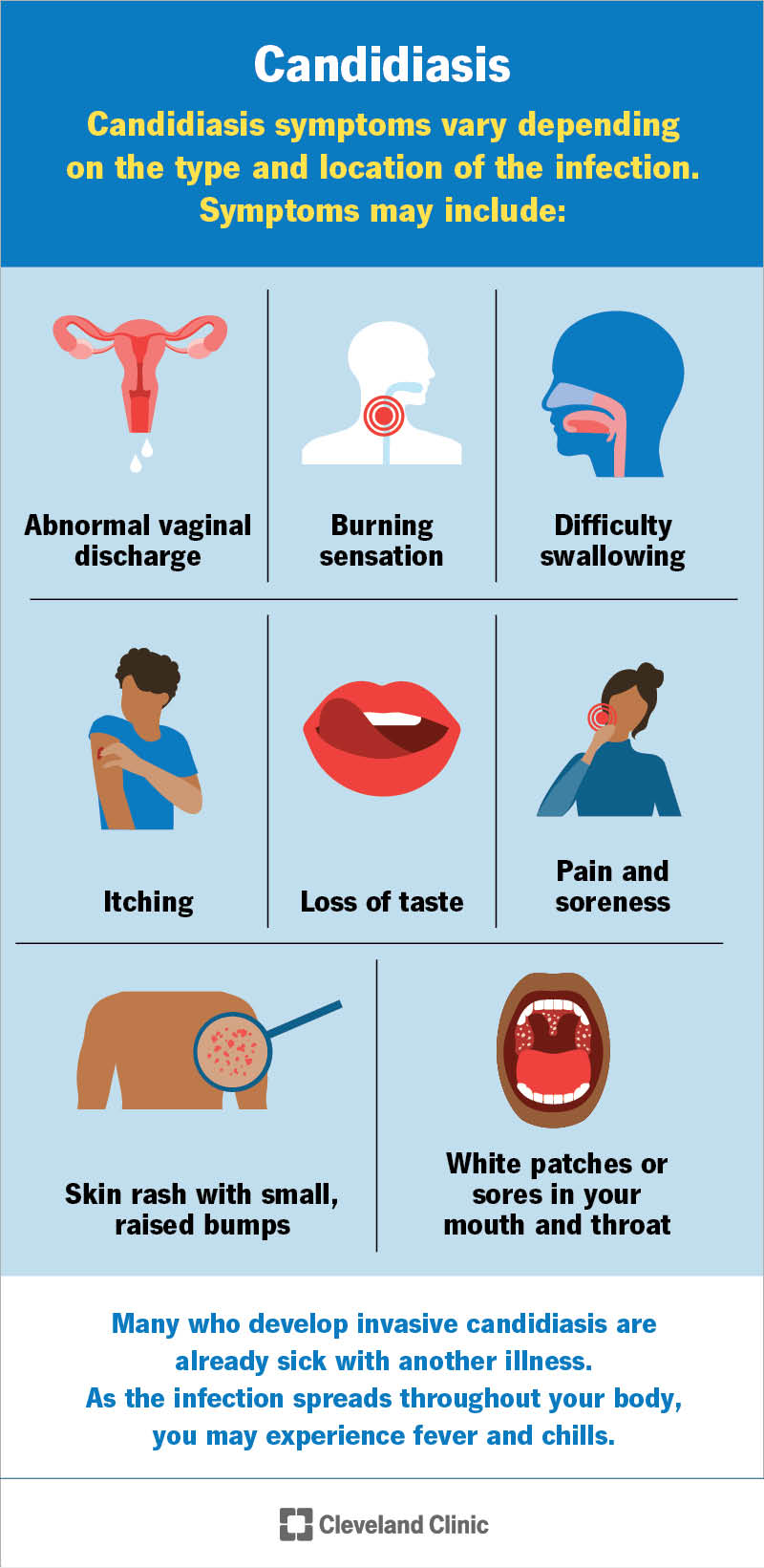CLASSIFICATION
Yeast infections are caused by a fungus known as Candida albicans (C. albicans), specifically a type of yeast. C. albicans is an eukaryotic organism, which means it has a nucleus and a more complex cell structure compared to bacteria(Prokaryote). It normally lives in small amounts in our human body, especially when we talk about warm, moist areas like the mouth, intestines, skin folds, and vagina. This organism is a dimorphic fungi, so it can exist in two different forms, a round budding yeast form and a long, thread-like hyphae form. This ability to switch forms helps it to attach and invade tissues when it begins to grow more. It is also a facultative anaerobe, which means it can grow with or without oxygen.
There are many species of Candida that can cause disease, but C. albicans is the most common one in us humans. Other species, such as Candida glabrata and Candida auris, can also lead to infection, but they are less common. Unlike many bacteria, this fungus is mainly harmless when kept in the right balance by normal body bacteria and the immune system. However, when this balance is disrupted or changes, such as after antibiotic use, hormonal changes, or weakened immunity, C. albicans can multiply and cause infection. This makes C. albicans an opportunistic pathogen, meaning it causes disease when it is given the right conditions.

